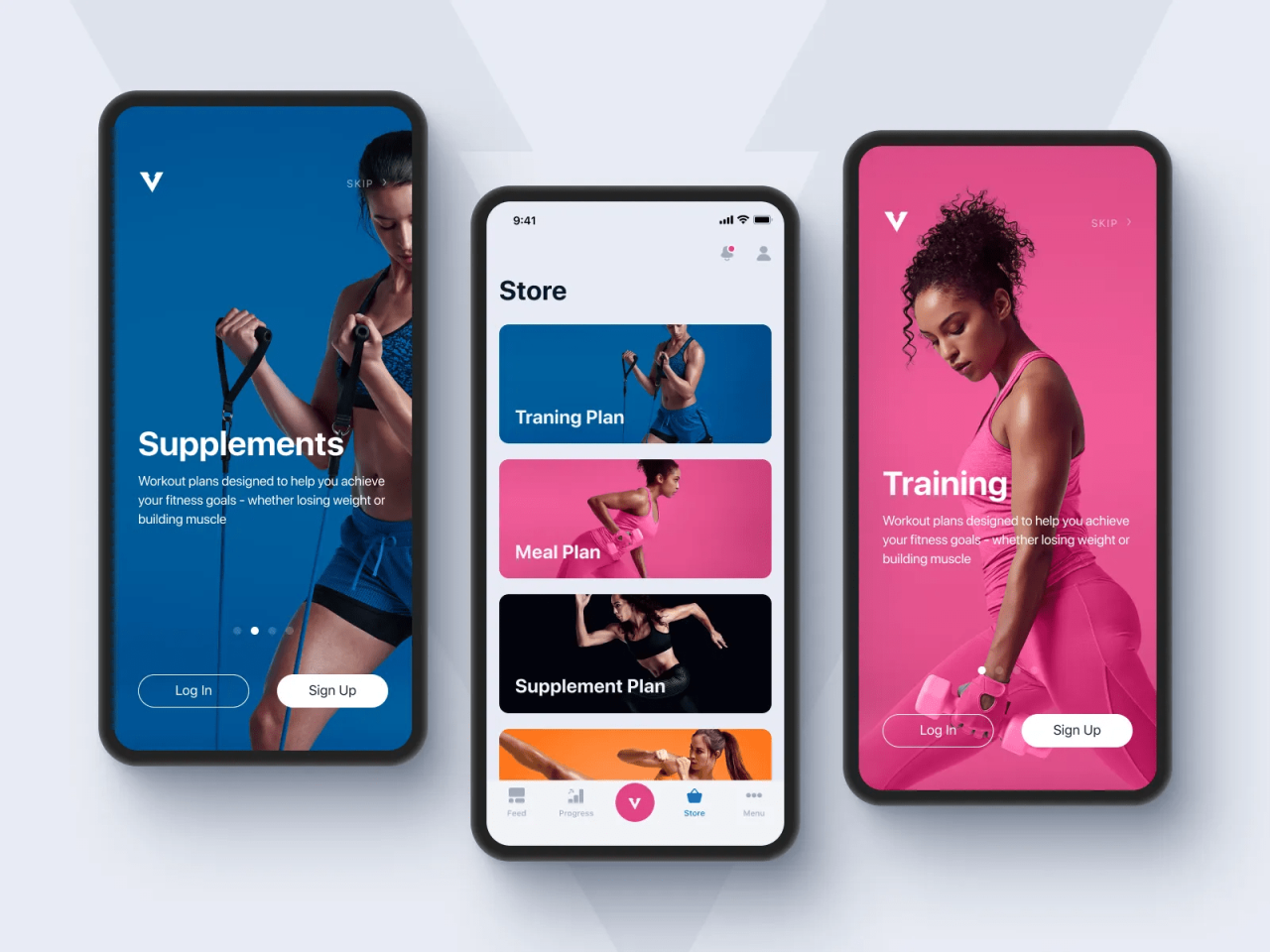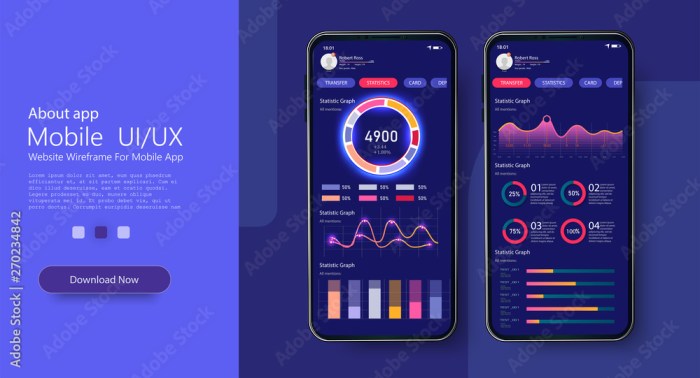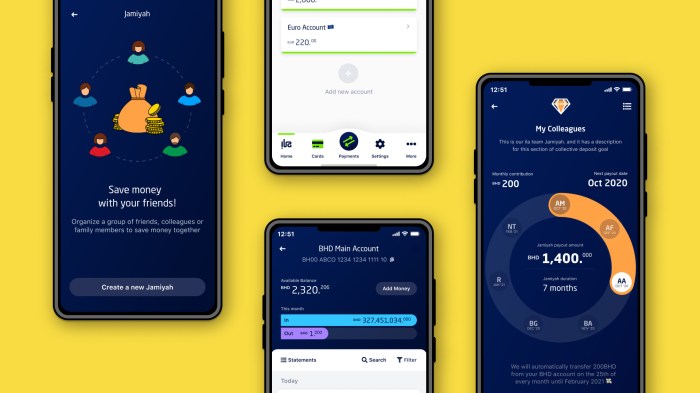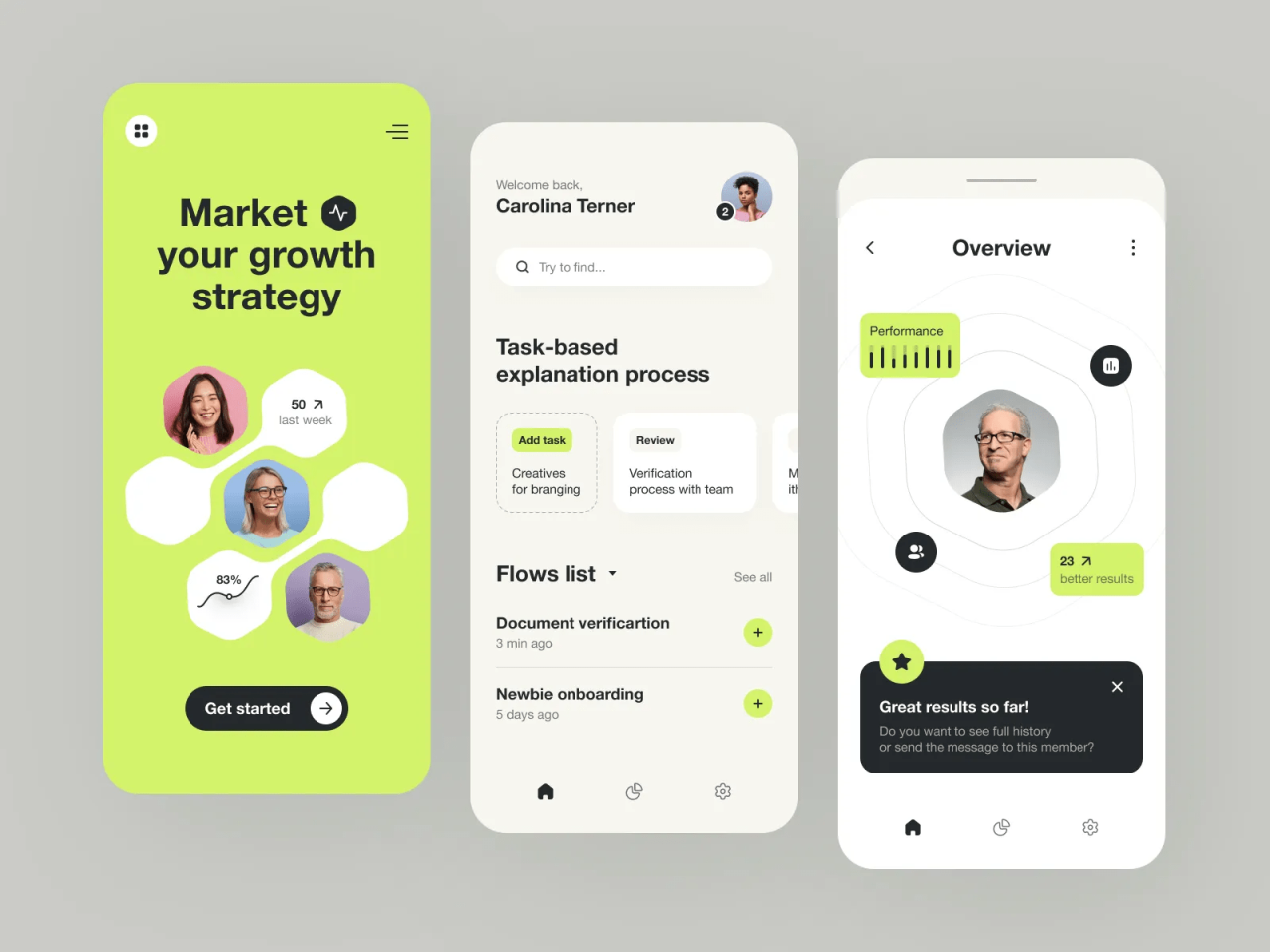Designing a successful mobile application requires a strategic approach encompassing market research, user experience design, and technical development. This guide Artikels ten crucial steps, from initial concept generation to final app store launch, providing a comprehensive framework for creating a compelling and user-friendly mobile experience. Understanding user needs, crafting intuitive interfaces, and navigating the complexities of app development are all key components to success.
This process, while demanding, is ultimately rewarding. By carefully considering each stage, from initial ideation and market analysis to the final deployment and ongoing maintenance, developers can significantly increase the likelihood of creating an app that resonates with its target audience and achieves its intended goals. The following steps provide a roadmap to navigate this journey effectively.
Idea Generation and Market Research

Developing a successful mobile application requires a thorough understanding of the market and a well-defined target audience. This involves generating innovative app ideas and conducting comprehensive market research to validate their potential for success. Ignoring this crucial initial phase can lead to wasted resources and a product that fails to resonate with users.
The process begins with brainstorming potential app ideas and then refining them through market analysis. This ensures the app addresses a real need and has a viable path to market penetration.
Productivity App Idea Mind Map
A mind map is a visual tool that helps to organize and expand upon initial ideas. The central theme is “Productivity Apps,” branching out into various s representing potential app functionalities. For example, one branch might focus on task management, with sub-branches for features like task prioritization, deadline reminders, and collaboration tools. Another branch could explore time management, leading to sub-branches detailing features like time tracking, scheduling, and focus timers. A third branch might explore note-taking and organization, with sub-branches covering features such as note categorization, search functionality, and cloud synchronization. The interconnectedness of these branches illustrates the potential for integration and synergy between different productivity features within a single app.
Comparative Analysis of Productivity Apps
Analyzing existing apps in the productivity niche provides valuable insights into market trends and user expectations. This analysis helps identify gaps in the market and informs design decisions for a new application.
| App Name | Key Features | User Reviews Summary | Areas for Improvement |
|---|---|---|---|
| Todoist | Task management, project organization, collaboration, natural language processing, reminders, prioritization | Generally positive, praised for its intuitive interface and robust features. Some users find the free version limited. | Improved integration with other productivity apps, more advanced reporting and analytics. |
| Asana | Project management, task assignment, team collaboration, progress tracking, communication tools | Positive reviews for team collaboration features. Some users find the interface overwhelming for individual use. | Simplified user interface for solo users, improved mobile experience, better task prioritization features. |
| Trello | Kanban-style project management, visual task organization, collaboration features, integrations with other tools | Positive feedback on visual appeal and ease of use for project visualization. Some users find it lacks advanced features. | Enhanced reporting and analytics, improved search functionality, better mobile optimization for offline use. |
Target Audience for a Productivity App: “FocusFlow”
The target audience for “FocusFlow,” a hypothetical productivity app focusing on time management and focused work, would be young professionals (25-45 years old) and students (18-25 years old). This demographic typically juggles multiple tasks, deadlines, and responsibilities, making them highly receptive to tools that enhance their productivity. They are tech-savvy and comfortable using mobile apps for various tasks. Their needs include effective time management, task prioritization, and minimizing distractions to enhance focus and concentration. Their behaviors often involve using multiple apps for different productivity tasks, highlighting a need for a consolidated and integrated solution.
App Design and User Experience (UX)

Creating a compelling user experience is paramount to a successful mobile application. A well-designed app is intuitive, visually appealing, and seamlessly guides users towards their goals. This section will detail the crucial steps in designing the user interface and experience for your mobile application, focusing on wireframes, mockups, and effective UI/UX patterns.
Wireframes for Three Screen Layouts
Wireframes provide a skeletal representation of your app’s screens, prioritizing user flow and navigation. They’re crucial for visualizing the app’s structure before investing time in detailed design. Below are descriptions of wireframes for three key screens of a hypothetical fitness tracking app:
- Dashboard: This screen displays the user’s daily activity summary, including steps taken, calories burned, and distance covered. Prominent buttons lead to detailed activity views, profile settings, and goal adjustments. Navigation is minimal, focusing on quick access to core functions. The wireframe would show a large central area displaying key metrics, with smaller, clearly labeled buttons below.
- Activity Detail: This screen provides a detailed breakdown of a specific workout session. It shows a map of the route (if applicable), duration, distance, pace, and calories burned. Visual elements such as charts and graphs would be represented symbolically in the wireframe. The wireframe would illustrate a scrolling view with a map at the top and data points listed below.
- Settings: This screen allows users to manage their profile information, set goals, customize notifications, and access help. The wireframe would show clearly labeled sections for each setting, using simple icons for better visual organization. A clear back button would be prominently displayed.
Mockups for Key Screens
Mockups provide a more visually refined representation of the app’s screens, incorporating visual elements and branding. These are detailed representations of the wireframes, showing what the app will actually look like.
For our fitness tracking app, the dashboard mockup would feature a clean, minimalist design. The key metrics (steps, calories, distance) would be displayed using large, easily readable numbers and accompanied by clear, concise icons. A calming color palette would be used to create a sense of tranquility and encourage consistent use. The activity detail screen mockup would incorporate an interactive map showing the workout route, and data would be presented in a clear and concise manner using charts and graphs. The settings screen mockup would showcase intuitive toggles and input fields for various settings.
Color Palette and Font Choices
The choice of color and font significantly impacts the app’s overall aesthetic and usability. The following table Artikels the color palette and fonts used in our fitness tracking app mockups, along with their rationale:
| Element | Color | Font | Rationale |
|---|---|---|---|
| Background | #F5F5F5 (Light Gray) | Roboto (Regular) | Provides a clean, uncluttered background, enhancing readability. Roboto is a clean, legible sans-serif font. |
| Text (Primary) | #333333 (Dark Gray) | Roboto (Medium) | High contrast against the background for easy readability. Medium weight adds emphasis without being overly bold. |
| Accent Color | #007BFF (Blue) | Roboto (Bold) | A vibrant, trustworthy blue, commonly associated with health and wellness. Used for call-to-actions and important elements. Bold weight emphasizes these elements. |
Effective UI/UX Design Patterns
Several established UI/UX design patterns can enhance the user experience. For our fitness tracking app, we can apply several patterns:
- Progress Bars: Visual representation of progress towards daily or weekly goals. This pattern motivates users and provides a sense of accomplishment.
- Cards: Used to present information in a clear and organized manner. Each workout session or activity could be displayed as a card, containing relevant details.
- Pull-to-Refresh: Allows users to easily refresh data by pulling down on the screen. This is especially useful for displaying up-to-date activity data.
Development and Launch

Bringing your app idea to life involves a structured development process, followed by a strategic launch plan. This phase requires careful planning, skilled execution, and a keen understanding of the app store ecosystems. Success hinges on efficient development, rigorous testing, and a well-defined marketing strategy leading up to launch.
The development process itself can be broken down into several key stages, each demanding specific expertise and resources. Thorough planning at the outset will significantly minimize potential delays and cost overruns later in the project.
Development Stages
Efficient app development requires a well-defined process. Breaking down the project into manageable stages facilitates progress tracking and issue identification. The stages Artikeld below represent a common approach, though the specifics might vary based on app complexity and chosen technologies.
- Planning and Design Finalization: This involves refining the app’s architecture, solidifying the UI/UX design, and finalizing the technical specifications. This stage ensures the development team has a clear understanding of the project scope before coding begins.
- Coding and Development: This is where the actual app development takes place. Programmers write the code, integrate APIs, and build the app’s core functionalities. This stage typically involves iterative development, with regular testing and feedback incorporated throughout.
- Testing and Quality Assurance (QA): Thorough testing is crucial to identify and fix bugs before release. This involves various testing methods, including unit testing, integration testing, and user acceptance testing (UAT). Addressing bugs early prevents costly fixes later.
- Deployment Preparation: This stage involves preparing the app for submission to app stores. This includes creating marketing materials, writing app store descriptions, and preparing screenshots and videos. Careful preparation increases the likelihood of app store approval.
Project Timeline and Milestones
A realistic project timeline is essential for successful app development. This timeline should include key milestones and deadlines, allowing for tracking progress and managing expectations. The timeline’s length will vary depending on the app’s complexity and the size of the development team. A typical timeline might look like this:
| Stage | Duration (Weeks) | Milestones |
|---|---|---|
| Planning & Design Finalization | 2-4 | Finalized UI/UX designs, technical specifications document completed. |
| Coding & Development | 8-12 | Core functionalities implemented, API integration completed, initial testing phase. |
| Testing & QA | 4-6 | Bug fixes implemented, UAT completed, app stability confirmed. |
| Deployment Preparation | 2-3 | Marketing materials created, app store listings written, screenshots and videos prepared. |
| App Store Submission & Launch | 1-2 | App submitted to app stores, app store review completed, app officially launched. |
Note: These are estimates, and the actual timeline can vary significantly based on project specifics.
App Store Deployment and Launch
Deploying and launching an app on app stores like Google Play Store and Apple App Store involves adhering to specific guidelines and requirements. These guidelines ensure app quality and user safety. Each app store has its own review process, which can take several days or even weeks.
- App Store Requirements: Each app store has specific technical requirements, such as coding standards, performance benchmarks, and security protocols. Meeting these requirements is crucial for app approval.
- Submission Process: The submission process involves creating a developer account, uploading the app binary, providing marketing materials, and completing required forms. Thorough preparation minimizes delays during this phase.
- Review Process: App stores review submitted apps to ensure they meet their guidelines. This process can take several days or weeks, and developers may receive feedback requesting changes or clarifications.
- Post-Launch Activities: After launch, monitoring app performance, collecting user feedback, and implementing updates are crucial for maintaining user engagement and improving the app’s functionality. Regular updates and bug fixes demonstrate commitment to users and can significantly influence app store rankings.
Wrap-Up

Creating a successful mobile app is a journey, not a sprint. This ten-step process provides a solid foundation for navigating the challenges and maximizing the opportunities inherent in mobile app development. By diligently following these steps and adapting them to the specifics of your project, you’ll significantly improve your chances of creating an app that not only meets but exceeds expectations, ultimately leading to a rewarding and successful outcome. Remember to continuously iterate and improve based on user feedback, ensuring your app remains relevant and engaging.